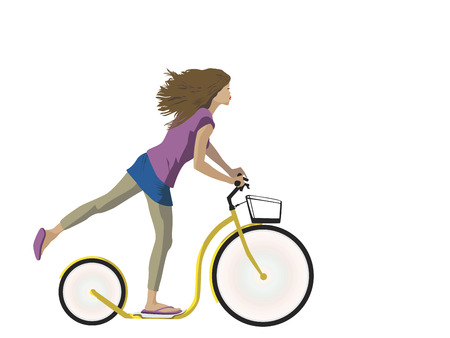MY TAKE: As with any new drug or device, it is best to wait a year or two to find out if there are any unexpected adverse effects.
Shingrix, the new shingles vaccine, is all the rage among the over-50 set. It is hard to drive by a Walgreens without seeing a sign advertising that it is available. As you may know, shingles occurs when the same varicella zoster virus that causes chickenpox becomes reactivated in later life. In most people older than 50, shingles virus is dormant in the nervous system, and a person’s risk for shingles rises sharply after age 50.
The previous shingles vaccines, Zostavax, was made from a live, inactivated virus while Shingrix uses a protein on the surface of the virus. Shingrix also contains two adjuvants to boost the immune response, one of which has not been used in humans before now.
PROS of Shingrex–
-Provides 80-90% protection against shingles with two doses, compared to 50-60% from one dose of Zostavax
-Appears to last longer than Zostavax
CONS of Shingrex–
-Requires two shots 2-6 months apart instead of just one
-Has more side effects- 75% of people reported pain at the injection site, 17% with reactions severe enough to prevent normal activities. Also, about 1 in 10 people reported systemic effects such as muscle pain, fatigue, headache, shivering, fever, or gastrointestinal illness.
-More expensive- can cost up to $300, not always covered by Medicare or insurance.
What bothers me the most is that the CDC panel evaluating Shingrix split 8-7 over whether to recommend it above Zostavax, a highly unusual lack of consensus. Several panel members advocated collecting safety data on Shingrix for a year or two before endorsing it over Zostavax. One member noted that the adjuvant in Shingrix that boosts the immune response “has never been out in the real world before.” So waiting a year or two before getting the vaccine seems prudent.
As for me, I’ll take my chances without either vaccine. There are several homeopathic remedies that have an impressive track record in treating shingles, should I get it. But infections more often occur when the immune system is weak and shingles is probably no exception. Eating a healthy diet, exercising, getting enough sleep, and dealing effectively with stress should make you less susceptible to getting shingles.


